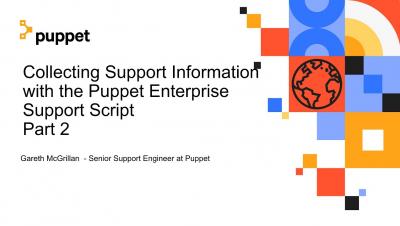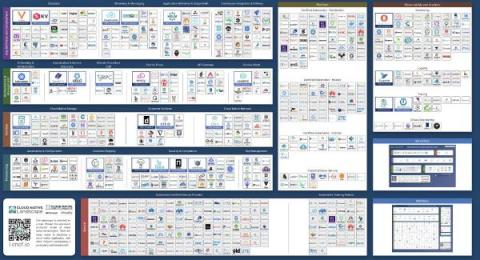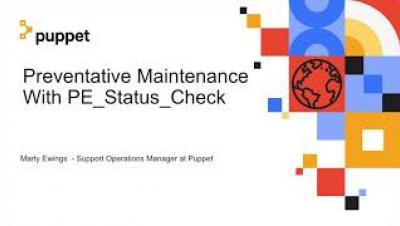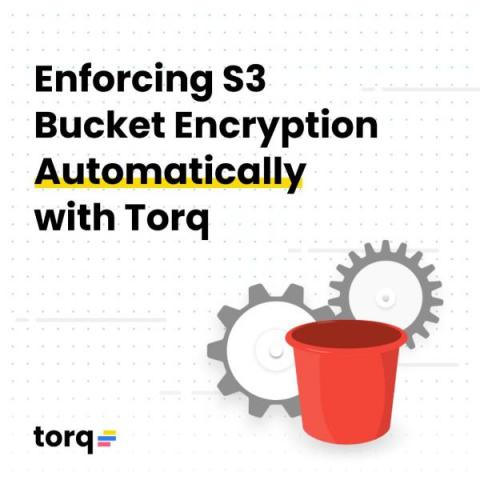CentOS 8 is end-of-life: Now what?
There were many reasons people came to use CentOS as an alternative Linux platform to Red Hat Enterprise Linux (RHEL). CentOS was originally built as a downstream release of RHEL, which was free to use without support. CentOS became the de facto standard for many organizations that did not want to use RHEL for production workload, since it’s basically the same thing, just rebranded.











